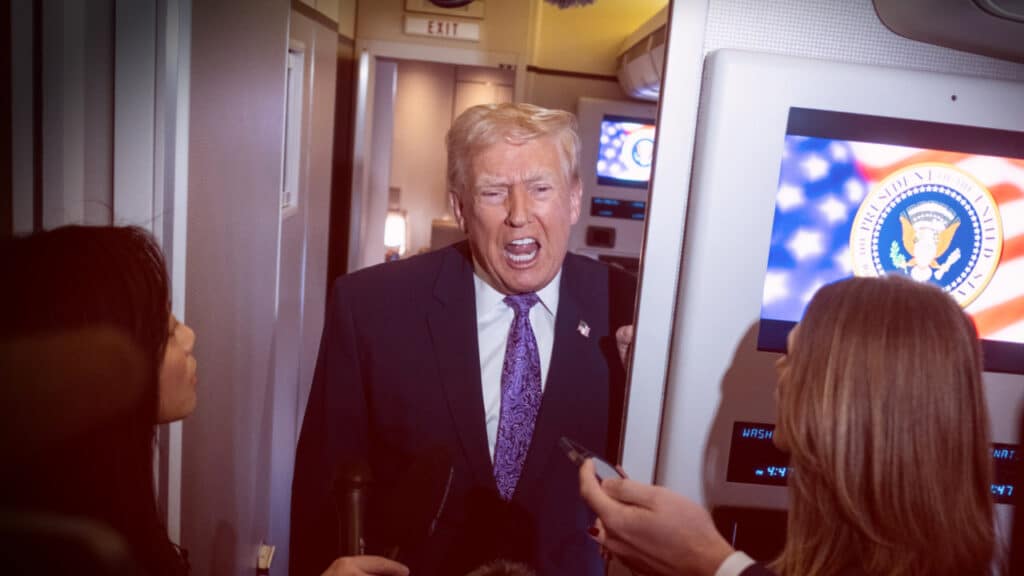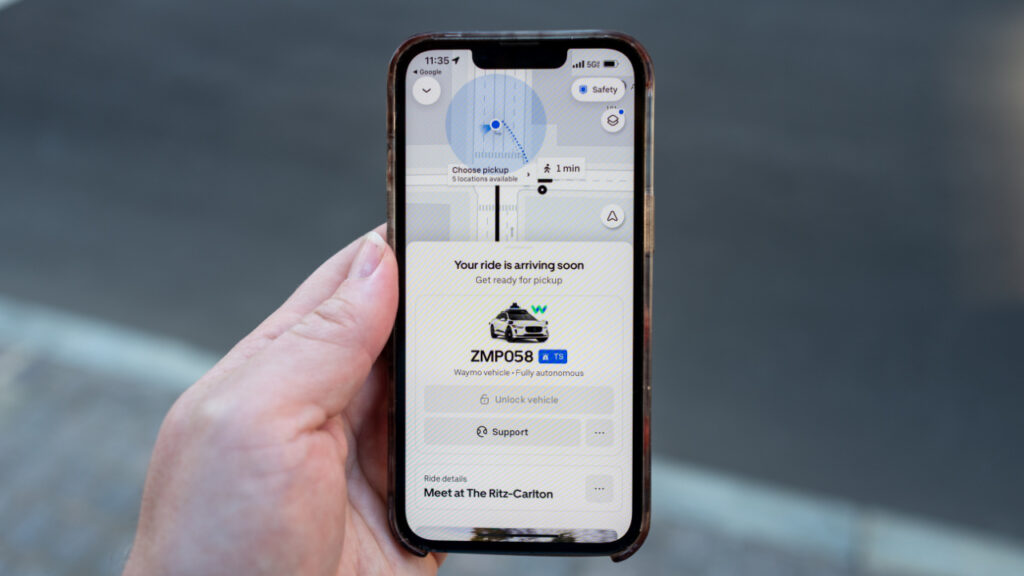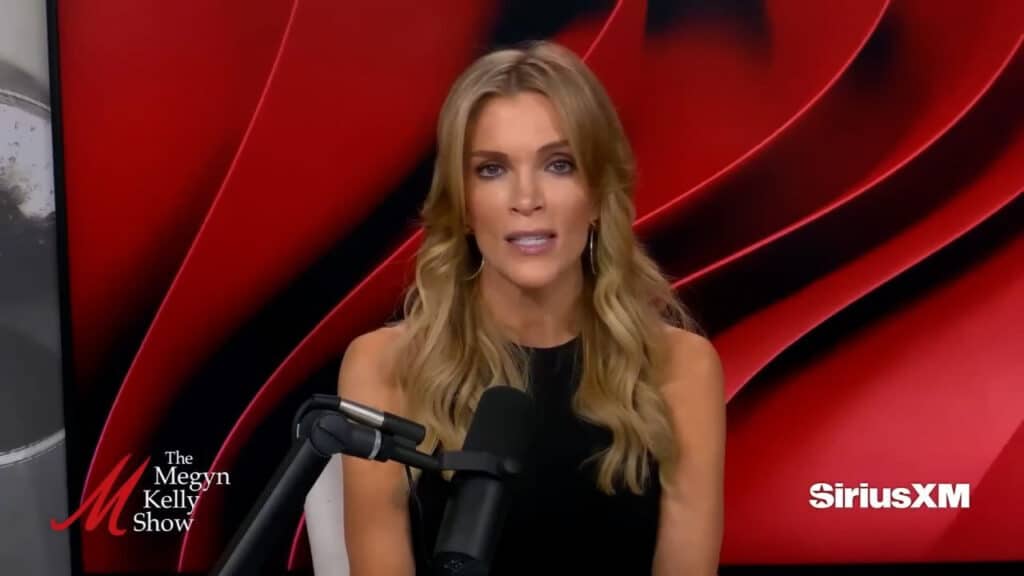A Journey From Glaciers to Rainforest: Indigenous Women Cross 3,000 Kilometers by River to Bring Their Climate Demands to COP30
It started in the icy breath of the Andes. Indigenous women wrapped in wool and resolve began a journey that would carry them across 3,000 kilometers of rivers and rainforest. Now, as the Amazon Flotilla docks in Belém for the COP30 climate summit, its message is clear: climate justice must begin with those who have protected life for millennia.

The Amazon Flotilla arrives in Belém carrying ancestral voices
They spent nearly a month navigating from Ecuador’s glaciers to Brazil’s Atlantic coast. Now, almost 70 Indigenous leaders, most of them women, arrived in Belém aboard the Yaku Mama, or “Water Mother.” Representing over 60 organizations across Ecuador, Brazil, Peru, Colombia, Guatemala, Panama, Costa Rica, Mexico, and Indonesia, their coalition has become one of the most potent symbols of this year’s summit.
Lucía Ixchiu, a Maya K’iche leader from Guatemala, described the purpose of the voyage in conversation with EcoNews: “We want to achieve more than just guaranteeing money or financing. We want to reach a consensus where Indigenous territories are no longer sacrificed.”
Ixchiu, who coordinated part of the Amazon Flotilla through the Black Indigenous Liberation Movement (BILM), added that this is “a journey of resistance and hope,” and “a living message that sails through the veins of the Amazon.”
The Amazon Flotilla meets a tipping point
According to a joint report by Earth Insight and the Global Alliance of Territorial Communities, one-third of the Amazon rainforest is occupied by Indigenous and local communities. Yet about 17% of those territories already face encroachment from oil drilling, mining, and logging concessions.
The stakes could not be higher. Nearly half of the Amazon River’s water originates in the Andes, which have already lost between 30% and 50% of their glacier ice since the 1980s, according to the 2025 UN World Water Development Report. And despite representing less than 5% of the global population, Indigenous peoples safeguard over half of the world’s remaining intact forests.
Ixchiu explained to Reuters that the flotilla’s route, from Andean glaciers to the heart of the Amazon, was deliberate. “We wanted to show how everything connects. The melting ice, the rivers, the forest, and our communities. This is the COP of the Amazon because we are here, demanding and taking the places that we deserve.”

Indigenous women at the helm of climate action
Throughout the journey, the Amazon Flotilla stopped in Peru, Colombia, and Brazil to spotlight the environmental crises each community faces. In Ecuador’s city of Coca, participants held what they called a “funeral for fossil fuels.” They covered a statue of Francisco de Orellana (the Spanish conquistador who first navigated the Amazon in 1541) and buried symbolic coffins representing oil extraction and deforestation.
According to RFI, the flotilla visited the community of Serena, home to the first Indigenous women’s guard in the Ecuadorian Amazon. These women monitor deforestation and illegal mining, proving that frontline defense often wears a skirt and carries centuries of ancestral knowledge.
“The idea of the flotilla is to build a demand for a just energy transition,” said Alexis Joel Grefa, a Kichwa leader from Ecuador, in an interview with Mongabay. “It’s not only about environmental solutions, but about repairing the Indigenous peoples who have been displaced and harmed by extraction.”

The demands the Amazon Flotilla brings to COP30
The flotilla’s arrival at COP30 carries three key demands:
- Stop all new oil and gas exploration in the Amazon.
- Guarantee direct climate financing to Indigenous communities, cutting out international intermediaries.
- Recognize Indigenous peoples as decision-makers in the global energy transition.
Their demands echo a larger call for accountability. Between 2012 and 2024, at least 1,692 environmental defenders were killed or disappeared in the Amazon, Congo, Indonesia, Mexico, and Central America, according to Global Witness. Forty percent were Indigenous.
For many aboard, these numbers are personal. “For us, the climate crisis is not a distant problem. It is the invasion of our lands, the contamination of our rivers,” said Kelly Guajajara, a Brazilian Indigenous journalist.
A journey that redefines power
When the flotilla docked in Belém, the scene was both spiritual and political. Leaders performed ancestral ceremonies, offering coca leaves, seeds, candles, and a llama fetus to honor Mother Earth before joining the official events of COP30.
Ixchiu added that this moment marked “a before and after” in how the world will understand the climate crisis. “Reuniting Indigenous youth from different nations is making history. This flotilla is changing how we tell the story of the climate crisis—from the territories themselves.”
Grefa agreed, describing the voyage as both a symbol and a strategy. “Sailing through the Amazon evokes our ancestors’ journeys. The rivers unite us—they cross political borders, but they don’t break them. The flotilla shows the Amazon as one shared territory of life.”
The Amazon Flotilla as a warning and a promise
The flotilla’s message cuts to the core of what COP30 represents: a choice between the economy of oil and the economy of life. Their collective declaration, published on the Amazon Flotilla website, reads:
“We sail to remind the world that true climate action isn’t signed in agreements. It’s lived and defended in our territories every day.”
For the women leading the Amazon Flotilla, the voyage was more than a protest. It was a reclaiming of narrative power, proof that climate leadership can be Indigenous, female, and global.
As Ixchiu put it, “This ship carries alternatives. It carries hope. It carries the conviction that another world is not just possible. It’s already being built.”




